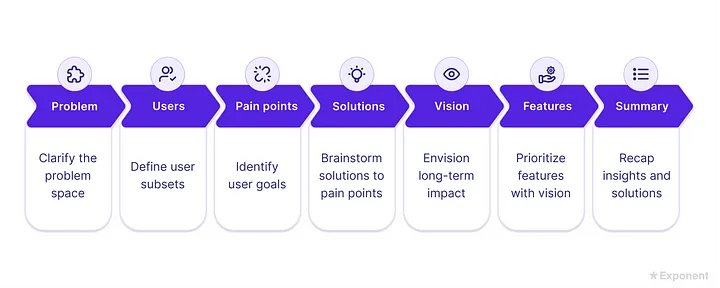
How to answer Product Design questions in a PM Interview
Product Design Questions
In every Product Management interview process, you will come across a product design question. A typical example of a product design question is something like this — “How would you build an Interview Preparation tool for LinkedIn?”
The interviewer asks you to build or design features or products for a target segment. Even thought it is called Product Design question, but you are not really supposed to “design” anything using any tool.
You must be thinking, “If I am not supposed to design, what am I supposed to do?”
Before we go into that, let’s talk about the “why” behind this round.
What is your interviewer looking for?
While interviewing a PM candidate, you look for the following things:
- Empathy — The interviewer wants to make sure that you can think about their customers, their needs and wants and really be in the shoes of the customer.
- Design Thinking — Can you evaluate how well designed a product is? What are the ways in which a product is well designed and what are some gaps?
- Passion — The interviewer wants to make sure that the candidate is passionate about the PM role and products in general.
Cool, now we understand what the interviewer wants to assess. Let’s move on to how you will solve the product design problem.
Product Design Process
A simple but very effective framework for solving product design questions focuses on the users: Who are they? What do they need? How can we address that need?
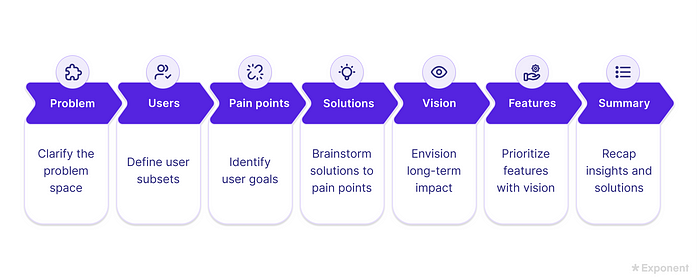
How you can solve product design questions
We can also think of this in the terms of the Design Thinking framework. If you don’t know what’s design thinking is, read this — Design Thinking.
Design thinking basically has 5 steps. We can walk through any product design question while following these steps:
Ask clarifying questions
- The purpose of asking clarifying questions is two-fold. These questions can help you:
a. Understand the problem you are supposed to solve
b. Buy time to think about how to approach the question - Your clarifying questions will vary based on the case so I won’t list too many.
- Examples of clarifying questions:
- Why are we doing X? What does the company want to achieve through this?
- Who is this for? Why would they use it?
- Who am I in this situation? Google PM? New startup? - Don’t ask more than two or three clarifying questions. Interviewers want to see that you can make decisions based on logical assumptions, so be prepared to answer your own questions (interviewer can ask you: “who do you think we should build for?”).
Empathize — Identify the users
- “Who is my user?”, “What matters to this person?”
- Learn about the audience for whom you are designing. With any product question, the first step is always to identify the users.
- No matter how simple the question seems to be, start by clearly defining who you think the main user group is. It’s fine if you think there are several core user groups — call them out!
- For a lot of product design questions, it’s fine to have a broad user group. Perhaps it’s “millennials” or perhaps it’s “people who shop online”. It could be interest-focused, like “people who like to explore new restaurants”.
- The user group can be defined by any number of factors, such as demographics, profession, background, experiences, or interest.
Define — Identify relevant user needs
- “What are the user needs and product goals?”
- Once you’ve declared the target user, identify the problem they have.
- Remember that, when discussing a product, there’s usually one or a couple main pain points as well as adjacent needs the target users may have.
- Discuss with your interviewer about the various use cases for the users and prioritize to focus on one of them.
Ideate — Identify product solutions
- Brainstorm and come up with as many solutions as you can for the problem.
- If you’re analyzing an established product, chances are that it does solve the needs of its target audience(s) — that’s what keeps it in business. But, users’ needs are rarely solved 100% of the time, so you should think about ways the product could improve.
- Don’t be afraid to describe in plain language why you think a product fulfills the user’s need well, even if it seems relatively obvious. It’s fine to come up with only an incremental change.
- The most important thing to do is to tie everything back to the target users and their needs. This sounds simple, but it’s easy to forget in the heat of the moment.
- At this stage, it’s less about having a “right” answer and more about showing how much you think and care about the user and can come up with ideas to solve those problems.
This basic framework will get you pretty far with a product design question. Often, there are next steps which would strengthen your answer or which the interviewer might request.
- You might be asked to draw some wireframes to communicate your solution visually.
- One extension goes into product metrics. Given the user, user need and product, how do we know quantitatively how well the product solves the need? Read about product metrics here — Product Metrics.
- Another direction that could be fruitful is considering the competitive landscape — is there a product out there that does something similar to what you’re describing? How well do they solve the user need? How can your product differentiate yourself? Or, you could discuss any business considerations here, like how you think your product could be monetized.
Product Design questions can have a wide scope but the basics always come down to the same thing — identify the target user, their needs, and what does (or doesn’t) fulfill those needs. Think like a PM.


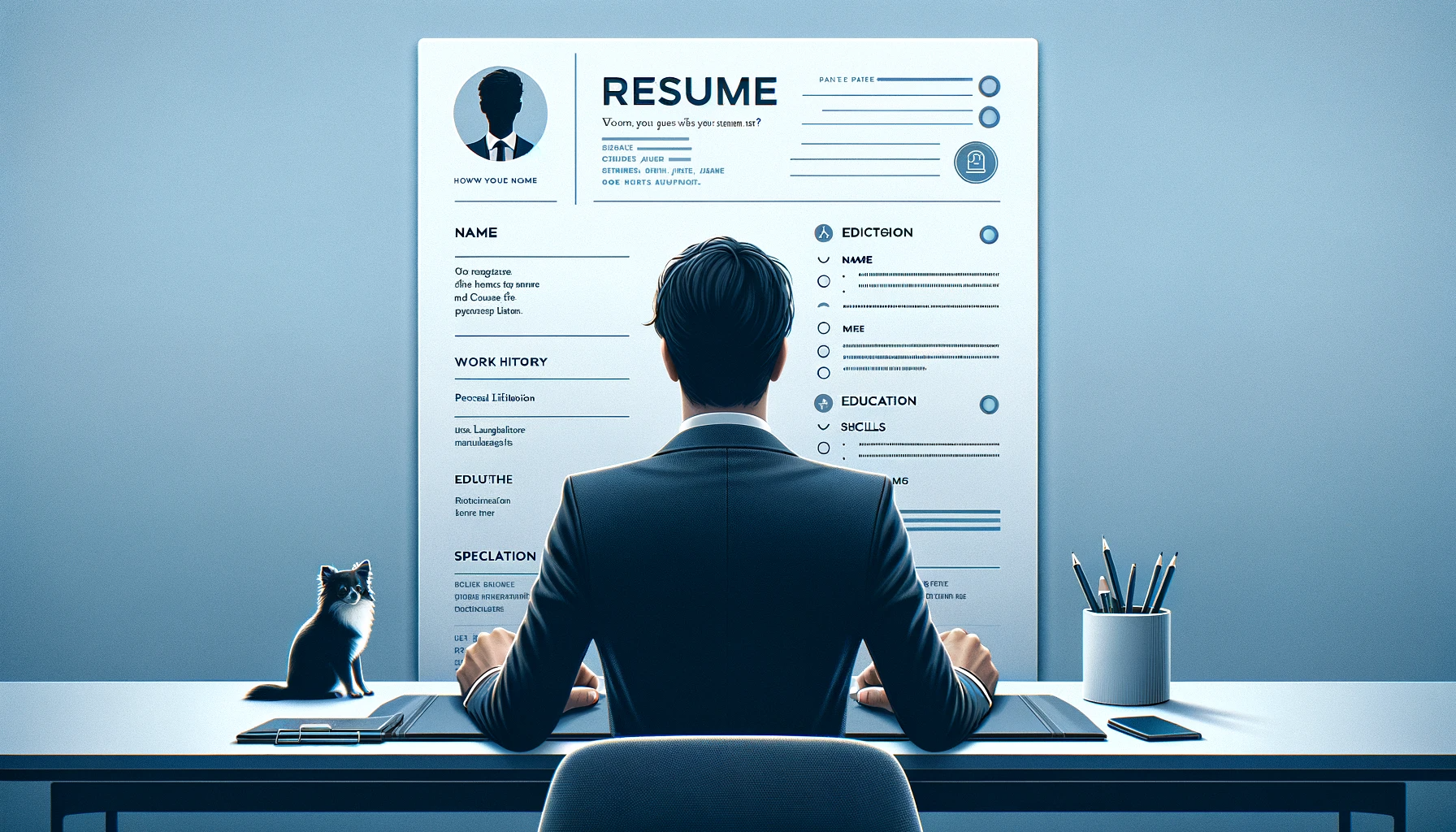
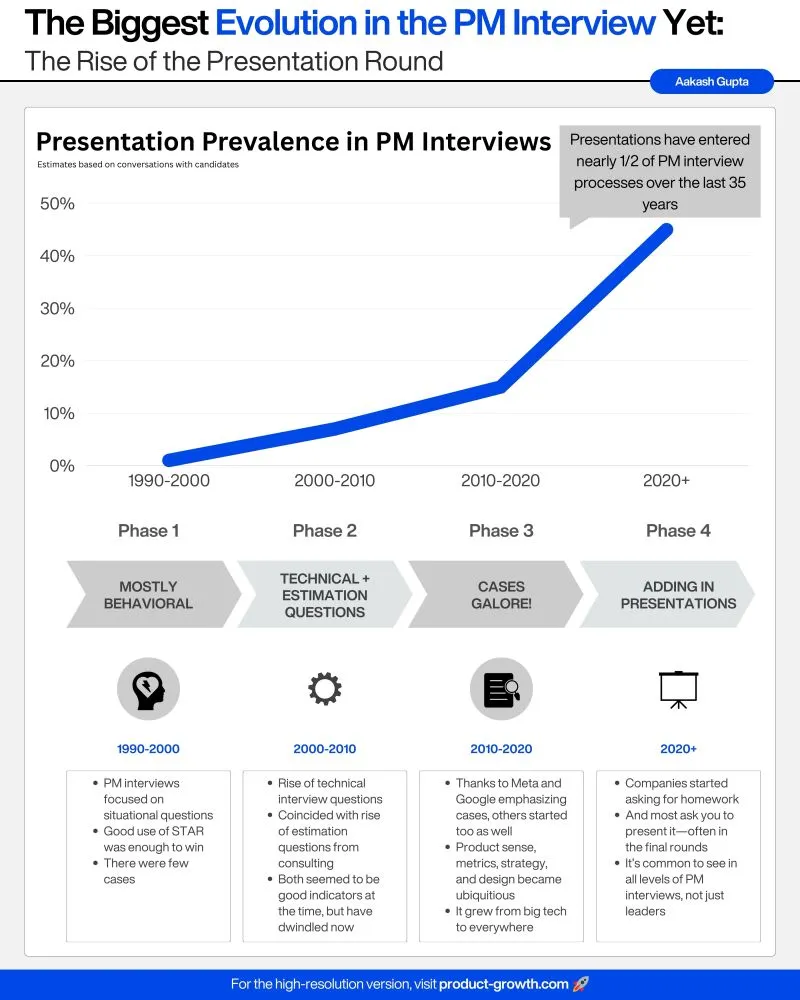
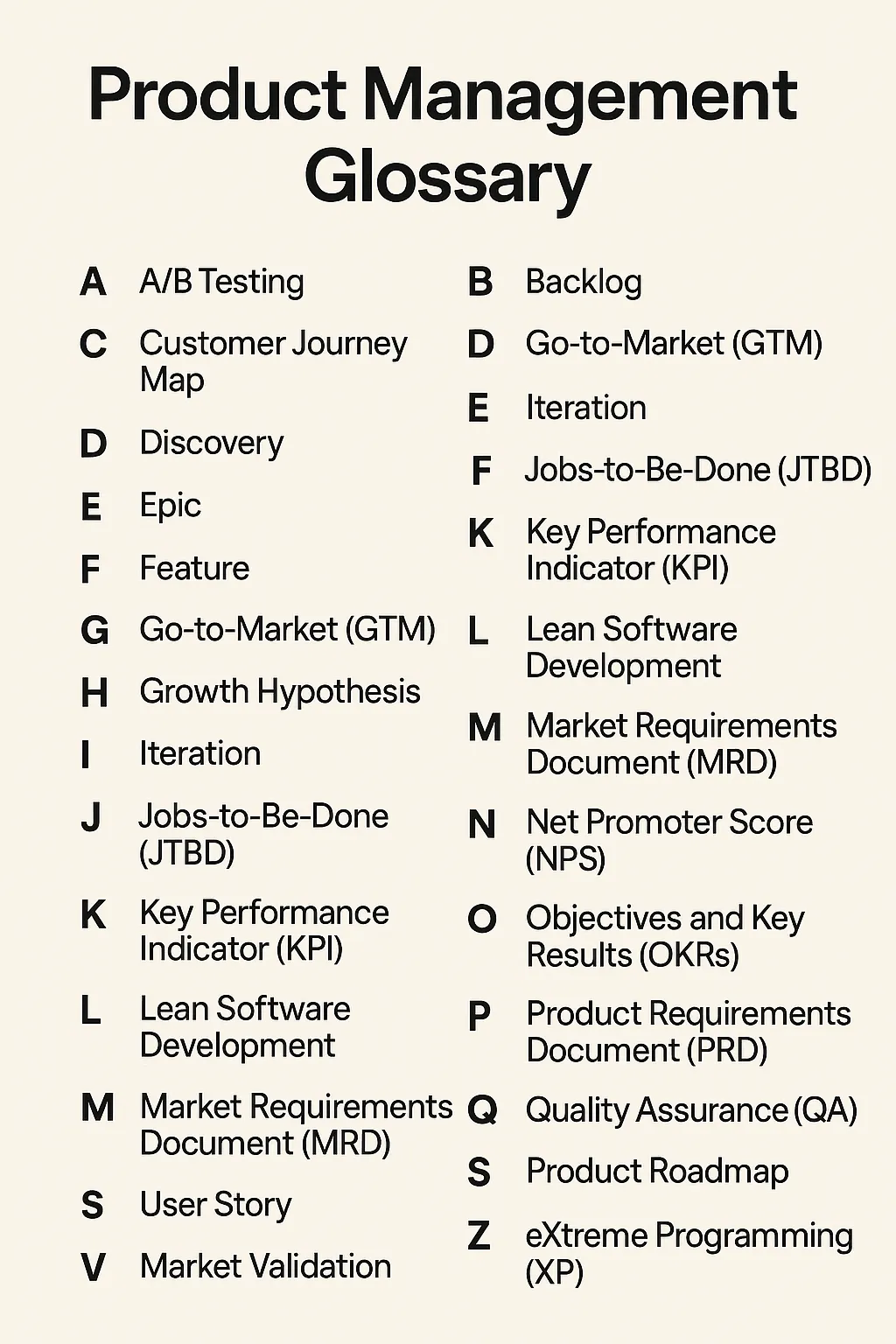

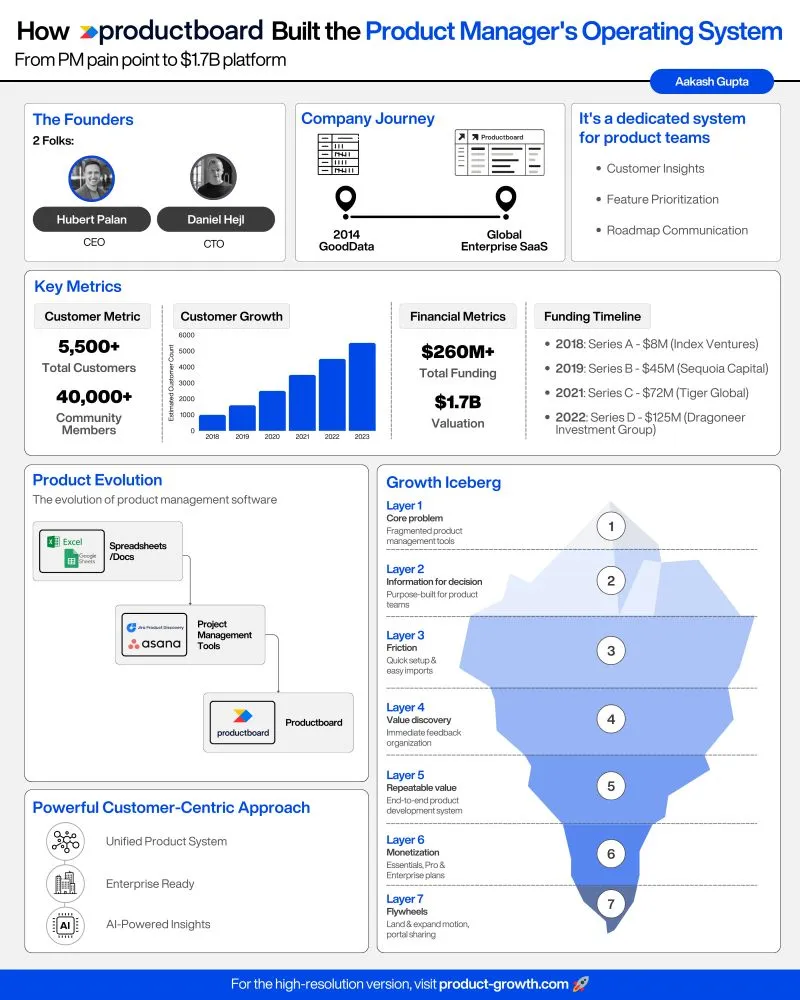

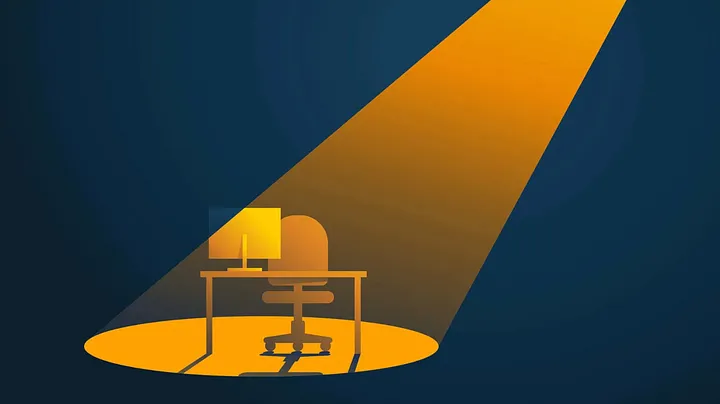
Comments ...
No Comments Yet ...Add One